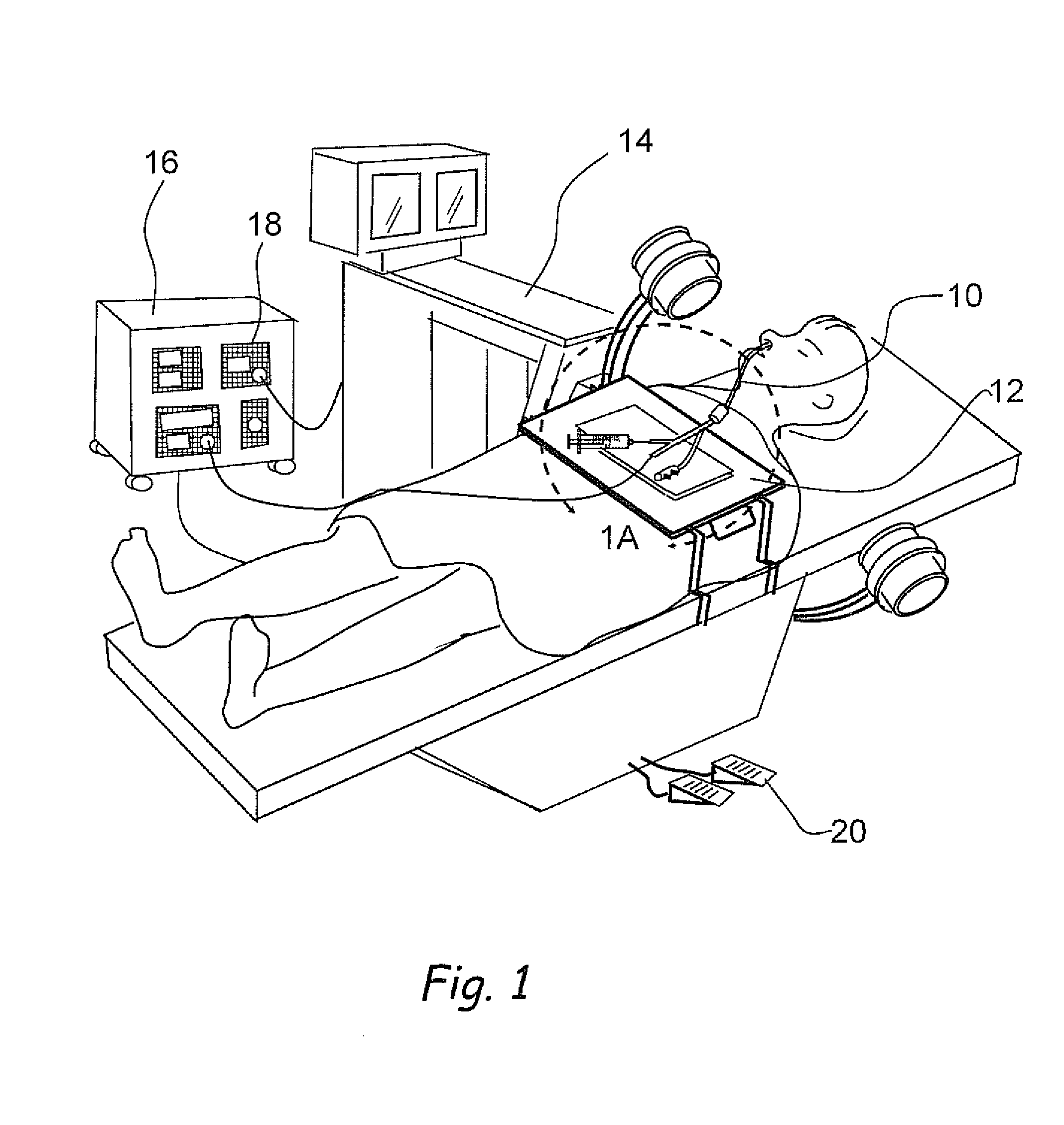Devices, Systems and Methods for Treating Disorders of the Ear, Nose and Throat
a technology of ear, nose and throat, applied in the field of medical devices, can solve the problems of large patient population that cannot tolerate the prescribed medications nor be considered a candidate for surgery, large patient population in need of relief, and no mechanical therapy offered for patients
- Summary
- Abstract
- Description
- Claims
- Application Information
AI Technical Summary
Benefits of technology
Problems solved by technology
Method used
Image
Examples
second embodiment
[0142]FIG. 8 shows a perspective view of a guide catheter comprising a straight hypotube. Guide catheter 700 comprises a hypotube 702. Proximal end of hypotube 702 may comprise a threaded luer 704. Hypotube 702 encloses a tubular liner 706 that protrudes from the distal end of hypotube 702. Suitable materials for constructing tubular liner 706 are PTFE, Nylon, PEEK etc. Distal region of tubular liner 706 is covered with a tubular element 708. Tubular element 708 may be constructed of suitable materials such as Pebax, HDPE, Nylon etc. and may comprise a braid. Proximal end of tubular element 708 may be bonded to distal end of hypotube 702 or may overlap distal region of hypotube 702. In one embodiment, distal region of tubular element 708 comprises a bent or angled region. In another embodiment, stiffness of tubular element 708 varies along the length of tubular element 708. Tubular element 708 may comprise a radio-opaque marker band 710 near distal end of tubular element 708. FIG. 8...
first embodiment
[0150]FIG. 11A shows a perspective view of a dual balloon catheter that can be used to perform a diagnostic or therapeutic procedure. Catheter 1000 comprises a catheter shaft 1002 and a proximal balloon 1004 and a distal balloon 1006 located on catheter shaft 1002. A variety of diagnostic or therapeutic modules may be located in the inter-balloon region 1008 located between proximal balloon 1004 and distal balloon 1006. Examples of such diagnostic or therapeutic modules are dilating or occluding balloons, dilating stents, suction or irrigation devices, needles, polypectomy tools, energy emitting devices like ablation devices, laser devices, image-guided devices containing sensors or transmitters, imaging devices, endoscopes, tissue modifying devices like cutters, biopsy devices, devices for injecting diagnostic or therapeutic agents, lavage devices, drug delivery devices such as substance eluting devices, substance delivery implants etc. etc. A catheter hub 1010 is located on the pr...
PUM
 Login to View More
Login to View More Abstract
Description
Claims
Application Information
 Login to View More
Login to View More - R&D
- Intellectual Property
- Life Sciences
- Materials
- Tech Scout
- Unparalleled Data Quality
- Higher Quality Content
- 60% Fewer Hallucinations
Browse by: Latest US Patents, China's latest patents, Technical Efficacy Thesaurus, Application Domain, Technology Topic, Popular Technical Reports.
© 2025 PatSnap. All rights reserved.Legal|Privacy policy|Modern Slavery Act Transparency Statement|Sitemap|About US| Contact US: help@patsnap.com



